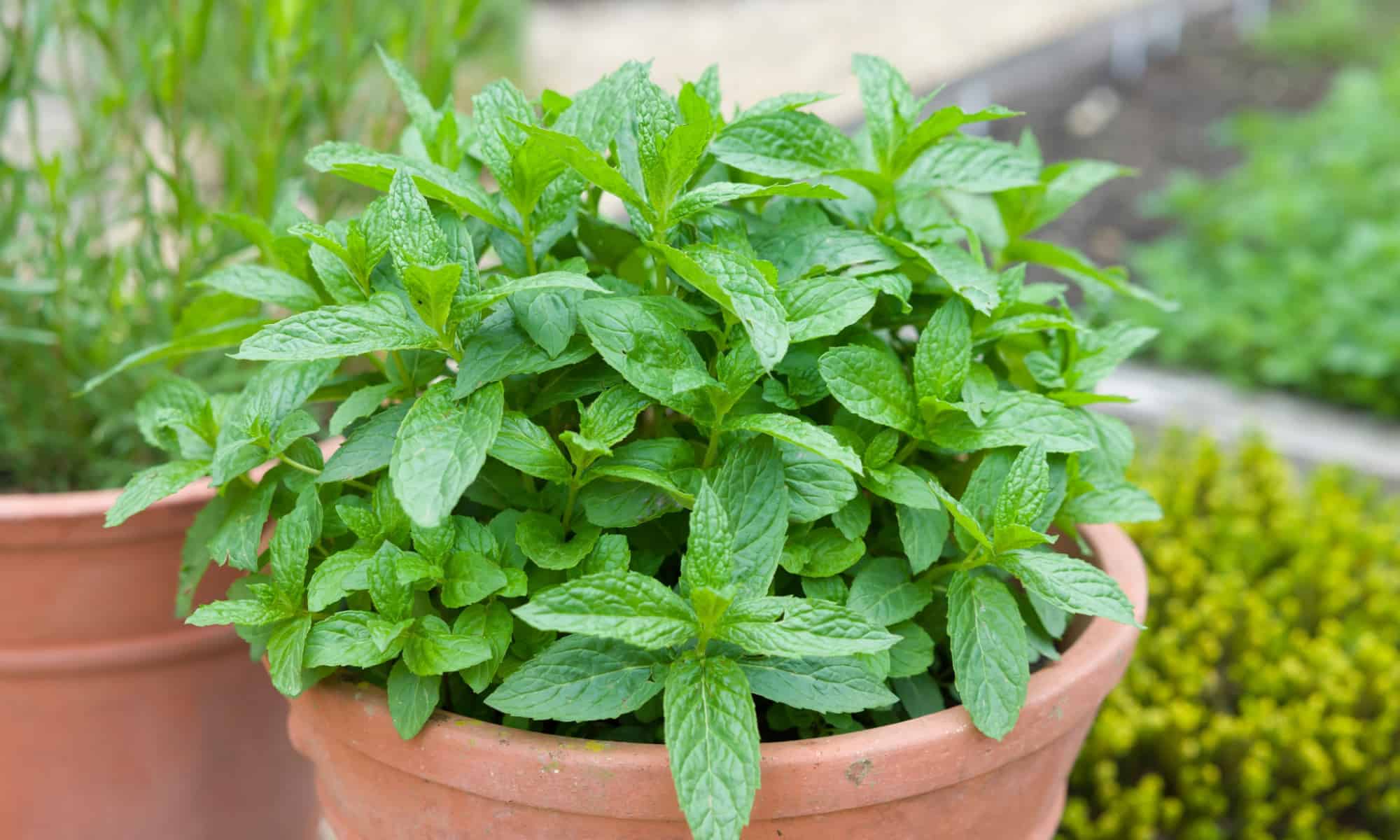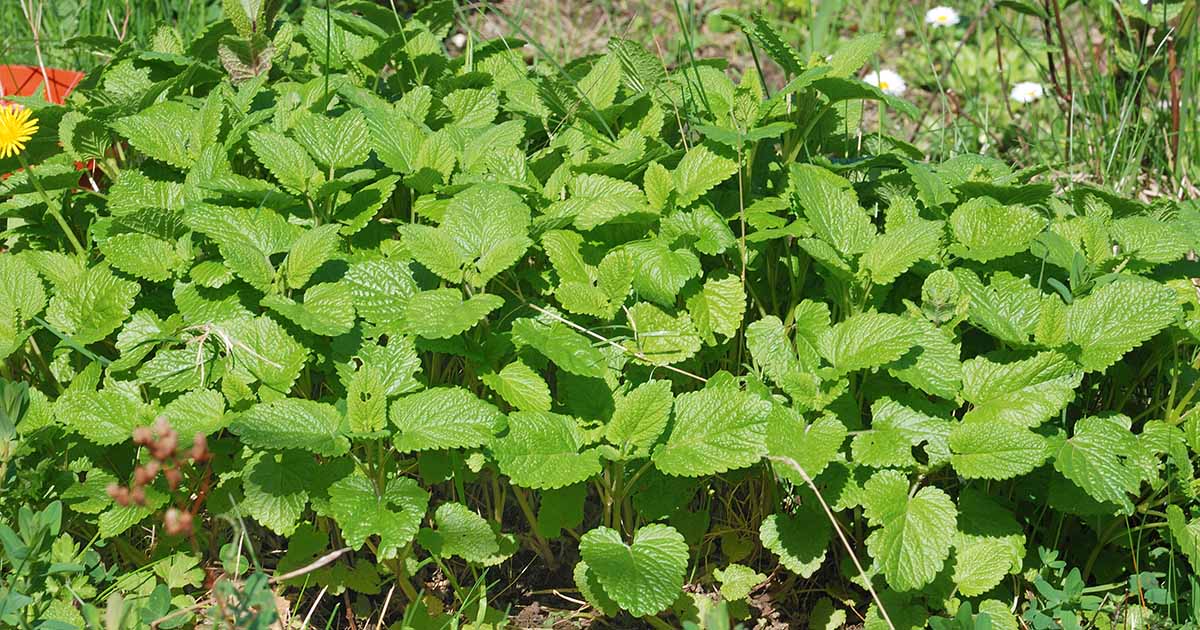The Perennial Herb Garden: A Yearround Source Of Flavor
The Perennial Herb Garden: A Year-Round Source of Flavor
Herb gardens are a great way to add flavor and beauty to your home. But what if you could have a herb garden that provided you with fresh herbs all year round? That's where perennial herbs come in.
Perennial herbs are plants that live for more than two years. They typically come back year after year, so you can enjoy their fresh flavors without having to replant them every spring.
There are many different types of perennial herbs, so you can choose the ones that you like best. Some popular perennial herbs include:
- Sage is a versatile herb that can be used in a variety of dishes. It has a strong, savory flavor that is perfect for adding depth to soups, stews, and sauces.

- Thyme is another versatile herb that is commonly used in Mediterranean cuisine. It has a slightly sweet, earthy flavor that is perfect for adding to roasted vegetables, grilled meats, and pasta dishes.

- Lavender is a beautiful herb that is not only edible, but it also has a calming fragrance. It can be used in salads, desserts, and teas.

- Chives are a mild-flavored herb that is perfect for adding to eggs, salads, and soups. They have a bright, oniony flavor that can really liven up a dish.

- Mint is a refreshing herb that is perfect for adding to drinks, desserts, and savory dishes. It has a strong, minty flavor that can be quite invigorating.

These are just a few of the many different types of perennial herbs that you can grow. With so many options to choose from, you're sure to find the perfect herbs to add to your garden.
Benefits of Growing Perennial Herbs
There are many benefits to growing perennial herbs. Here are a few of the most important ones:
- Fresh herbs all year round: Perennial herbs will come back year after year, so you'll always have fresh herbs on hand. This is a great way to save money and reduce your environmental impact.
- Low maintenance: Once perennial herbs are established, they require very little maintenance. You'll only need to water them regularly and fertilize them once a year.
- Diverse flavors: There are many different types of perennial herbs, so you can choose the ones that you like best. This gives you a lot of flexibility in the dishes that you can create.
- Attract pollinators: Perennial herbs attract pollinators, such as bees and butterflies. This is a great way to help the environment and support these important creatures.
How to Grow Perennial Herbs
Growing perennial herbs is relatively easy. Here are the basic steps involved:
- Choose a sunny spot in your garden. Perennial herbs need full sun to thrive.
- Prepare the soil. The soil should be well-drained and rich in organic matter.
- Plant the herbs. Space the plants according to the instructions on the plant tag.
- Water the herbs regularly. Perennial herbs need about an inch of water per week.
- Fertilize the herbs once a year. Use a balanced fertilizer, such as 10-10-10.
With a little care and attention, you can enjoy fresh herbs from your garden all year round.
Conclusion
Perennial herbs are a great way to add flavor and beauty to your home. They're also low maintenance and attract pollinators. If you're looking for a way to add some fresh herbs to your cooking, consider growing perennial herbs in your garden.
Perennial herbs are a great way to add year-round beauty and interest to your garden. They come in a wide variety of shapes, sizes, and colors, and they can be used for cooking, medicinal purposes, or simply to enjoy their beauty.
If you're interested in learning more about perennial herbs, I recommend visiting Garden Wiki. This website has a wealth of information on the topic, including articles on how to choose the right herbs for your garden, how to plant and care for them, and how to use them in cooking.
Garden Wiki is also a great resource for finding recipes that use perennial herbs. Whether you're looking for something simple like a sprig of rosemary in your roast chicken or something more complex like a pesto made with basil, you're sure to find something you'll love.
So what are you waiting for? Visit Garden Wiki today and start learning about the world of perennial herbs!
FAQ of perennial herbs
Q: What are perennial herbs?
A: Perennial herbs are herbs that live for more than two years. They typically have woody stems and roots, and they can be grown in a variety of climates. Some popular perennial herbs include rosemary, thyme, sage, chives, and mint.
Q: What are the benefits of growing perennial herbs?
A: There are many benefits to growing perennial herbs. They are relatively low-maintenance, they can provide fresh herbs for many years, and they can add beauty and fragrance to your garden. Perennial herbs are also a good way to attract pollinators to your garden.
Q: How do I care for perennial herbs?
A: Perennial herbs need full sun and well-drained soil. They should be watered regularly, but not too much. In the winter, perennial herbs may need to be protected from frost.
Q: What are some common problems with perennial herbs?
A: Some common problems with perennial herbs include pests, diseases, and overwatering. Pests that can attack perennial herbs include aphids, spider mites, and slugs. Diseases that can affect perennial herbs include powdery mildew and rust. Overwatering can cause the roots of perennial herbs to rot.
Q: How can I propagate perennial herbs?
A: There are several ways to propagate perennial herbs. You can propagate them from seed, from cuttings, or by division. Propagating from seed is the most common method, but it can be time-consuming. Propagating from cuttings is a faster method, but it requires more skill. Propagating by division is a simple method that can be used to propagate established plants.
Image of perennial herbs
- Rosemary: A hardy herb with blue-green needle-like leaves. It is a popular flavoring for meats, poultry, and vegetables.

- Oregano: A bushy herb with small, oval leaves. It has a strong, oregano flavor that is often used in Italian cuisine.

- Thyme: A low-growing herb with tiny, gray-green leaves. It has a pungent, thyme flavor that is often used in soups, stews, and marinades.

- Sage: A woody herb with gray-green leaves. It has a strong, sage flavor that is often used in stuffing, poultry, and beans.

- Lemon balm: A spreading herb with lemon-scented leaves. It is often used in teas, salads, and desserts.

Post a Comment for "The Perennial Herb Garden: A Yearround Source Of Flavor"